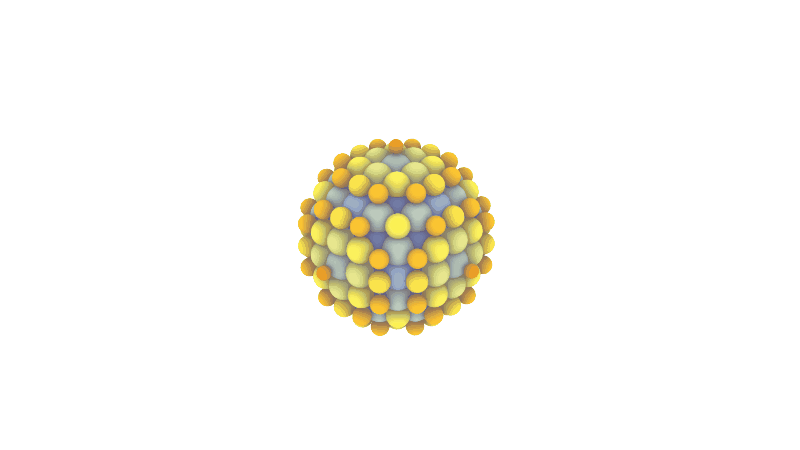top of page

Brain–computer interfaces (BCIs) have the potential to enable more intuitive and natural design interactions when compared against the “Window, Icons, Menus, Pointer” (WIMP) paradigm. However, the applications and user experiences of BCIs for ideation scenarios in architectural design have not been widely studied. In the current project the researchers developed and tested MindOpen, a novel BCI design tool using a 128-channel EEG headset. This BCI enabled architectural designers to create and manipulate the placement and dimensions of windows in a virtual-reality room by thinking about self-selected body movements (motor imagery) to enact commands such as “make the window wider.” The researchers conducted usability tests followed by semi-structured interviews with 21 participants to investigate the BCI’s accuracy, users’ cognitive loads, and subjective reactions to the tool. The effectiveness of MindOpen was somewhat limited, with an average of 73% validation accuracy and 53% performance accuracy across multiple design commands. However, the participants expressed enthusiasm for the tool (combined with some frustration when it did not work as expected), and indicated that it was a rewarding and creativity-enhancing approach. The main challenges reported were high mental loads and confusing visual feedback, some of which may be addressed by future adjustments to the BCI system. Potential directions for the development of BCIs specific to the design field are discussed.

Research Team: Qi Yang, Jesus Cruz Garza, Saleh Kalantari
Year: 2020-
bottom of page


